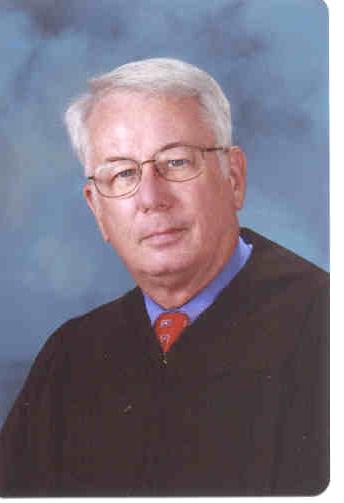By Jerry Pennington
 Orange County, like most other areas, is defined by its geography. That is a cultural and economic statement as well as a cartographical statement. Since the 1820's when pioneers first hung their GTT (Gone to Texas) signs on their barns back east and set up housekeeping here between the Sabine and Neches Rivers, they came to grips with several things. First, they were in "no man's land". When surrounding swamps came into the U.S. as part of the Louisiana Purchase they were (arguably) on the wrong side of the Sabine River. When Mexico began providing civilization for Tejas, they were (arguably) on the wrong side of the Trinity River.
Orange County, like most other areas, is defined by its geography. That is a cultural and economic statement as well as a cartographical statement. Since the 1820's when pioneers first hung their GTT (Gone to Texas) signs on their barns back east and set up housekeeping here between the Sabine and Neches Rivers, they came to grips with several things. First, they were in "no man's land". When surrounding swamps came into the U.S. as part of the Louisiana Purchase they were (arguably) on the wrong side of the Sabine River. When Mexico began providing civilization for Tejas, they were (arguably) on the wrong side of the Trinity River.One effect of that was very little government until after the Texas Revolution (hence, the qualifying word "arguably"). That produced a breed of self-sustaining, self-regulating folk who were happy being left alone-including the occasional outlaw who came to hide out in a mostly lawless environment. That did not necessarily define Orange County pioneers as distinct from others but the geography had a great effect. While this land was on the western boundaries of Arcadiana, it was none the less Cajun and French in its roots. Drawing a national boundary line down the Sabine River had little effect on those roots. The swamps, marshes, and alligators in Orange County resemble Southwestern Louisiana far more than other places in Texas. It is on the cusp between Cajuns and cowboys.
The second great effect geography had on the earliest settlers was a realization that water was their best resource. The second best took about thirty years to understand and that was virgin pine forests. When those two resources were joined, the economy of Orange County was established for a hundred years. Not only was the Sabine River a conveyor belt for timber cut many miles north to feed the ravenous sawmill plants in Orange which were producing millions of board feet of lumber, it was and still is a place for shipbuilding. From steamboats to Staten Island Ferries, many maritime vessels were born on the shipways of Orange.Another shaping influence of local geography took many years to surface. Oil. Soon after the famous Lucas Oil Gusher at Spindle Top in neighboring Jefferson County blew in, oil was discovered in the center of Orange County. The location for years was simply "The Oil Field" but later became Orangefield. The first license to drill for oil over water issued by the State of Texas was to the Little Six Oil Company in Orange for a well drilled on the midline of Cow Bayou in Orangefield. Now, of course, the sawmills have turned into petrochemical plants.
In columns to come we will visit Orange County history in the stories of real people: the heroes and the goats, the successes and the scandals, the best and the worst. We will explore those characteristics shaped by where we live-those things which define us as the same and yet distinct from our neighbors elsewhere in Texas.